Creating Spaces That Evoke Joy Through Immersive Design
February 03, 2023 | By Jaimelynn Shah
When you first think of ice cream, it often triggers a positive memory or craving — whether it was the sound of the ice cream truck down the street on a sizzling summer day, or the time someone bought you a scoop of your favorite flavor. With scoop shops across the U.S., Jeni’s Splendid Ice Creams taps into this universal emotion of joy with immersive spaces that help realize the brand’s mission “to make better ice creams and bring people together.” With black chalkboard menus, playful wall art, and a colorful, plant-filled loft, the Gensler-designed location in Washington, D.C. encourages customers to linger and explore.
Merriam Webster defines joy as “the emotion evoked by well-being, success, or good fortune or by the prospect of possessing what one desires.” Joy is an emotion, and emotions are wordless. On a scientific level, we feel joy in our neurotransmitters, the tiny chemical “messenger” cells that transmit signals between neurons and other bodily cells. They're pure physical sensations in our bodies. We express the emotion of joy in many physical ways. For example, we jump for joy when we have successfully accomplished a goal, or we double over in uncontrollable laughter when someone tells a hilarious story.
So, how can physical spaces evoke an intense emotion like joy? What are ways we can experience joy through immersive design? Immersive design needs to incorporate multiple characteristics and fully engage our senses to be considered an immersive experience.
Let’s break it down to the five senses.
Sight:
Spending time in nature has been shown to have positive impacts on our physical and mental well-being. That’s why people find joy being in or seeing a treehouse. It is the practice of mindfully being in nature that brings joy. A great example is the Gensler-designed Starbucks in Cali, Columbia. The circular glass architecture displays the beautiful natural surroundings. As a centerpiece within the coffeeshop is a large, majestic tree. The visual connection to nature gives the end user a fully positive immersive experience as they take a sip of their coffee.
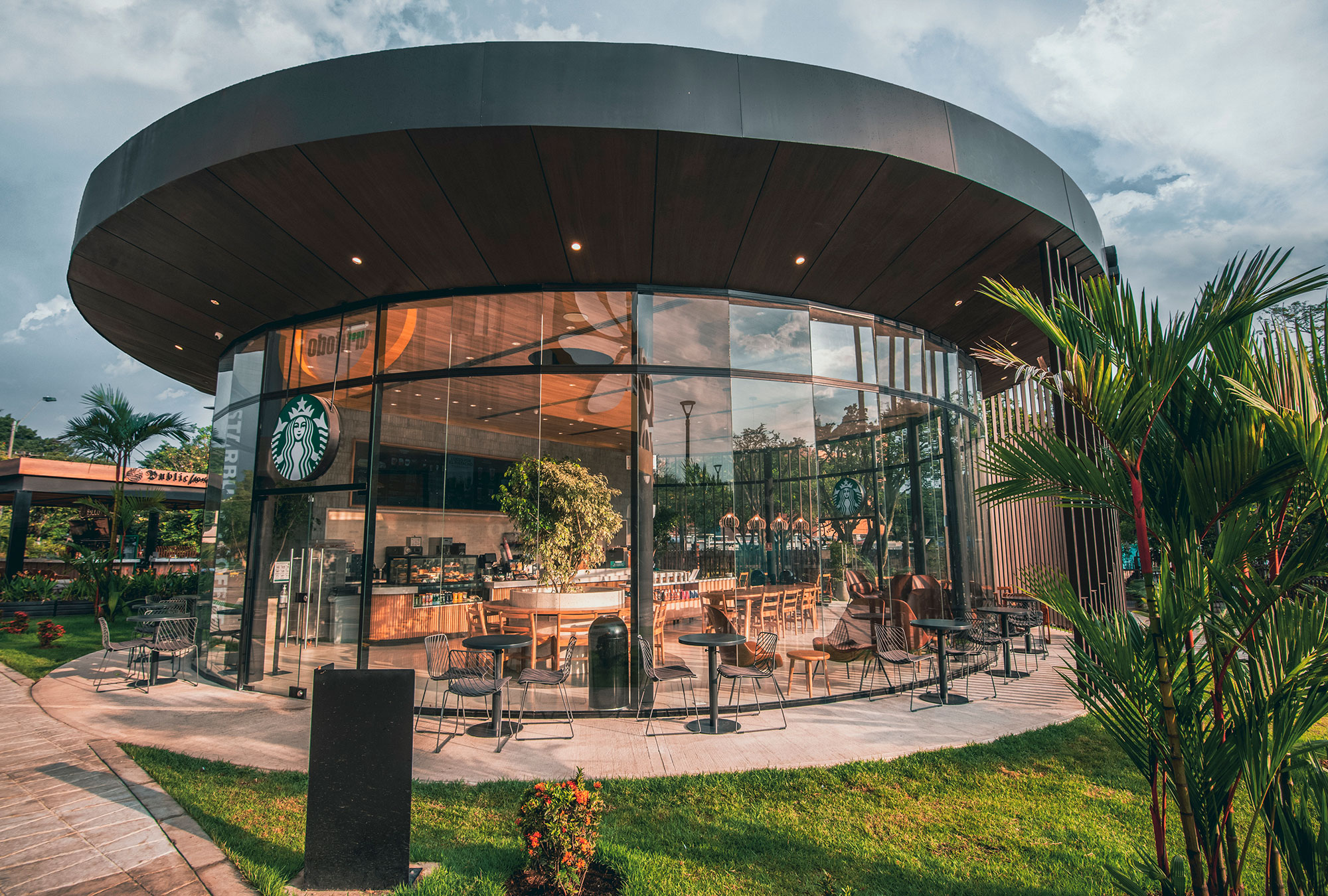
Color can also have a positive psychological impact on how we feel and respond to our environments. Gensler partnered with REACH LA to design a welcoming and vibrant space for the nonprofit, with signature colors inspired by the diverse local demographics and cultures to provide a sense of identity and comfort for the end user.
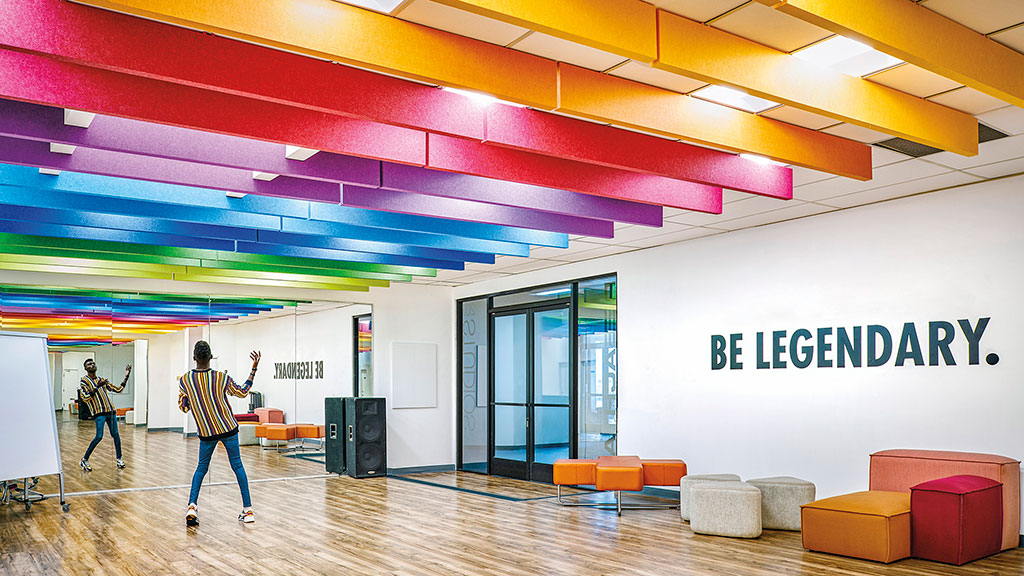
Touch:
Research shows that touch can release serotonin and dopamine, brain chemicals that can enhance our mood. The joy we can feel with positive experiences of touch are some of the simple yet most meaningful pleasures of life. But what is it that makes a hug joyful? Is it the sense of security and comfort? Designing a space that gives a sense of security and comfort can bring joy to the end users. For example, the company OTO created the “Hugging Chair” for people with autism or sensory integration disorders. The chair was inspired to decrease sensory overload by providing a response to being held very tightly or to being hugged. Research proves that deep pressure can help the end user be more aware of their environment, to feel their body limits, and be more at peace.
Using touch within a space can also create engagement and empowerment to spark joy to the end user. At the AKC Museum of the Dog in New York, Gensler created and placed digital touchpoints and self-guided touchscreens throughout to help implement an immersive educational experience. Each visitor is given the opportunity to create unique experiences with the content to connect on a deeper, personal level.
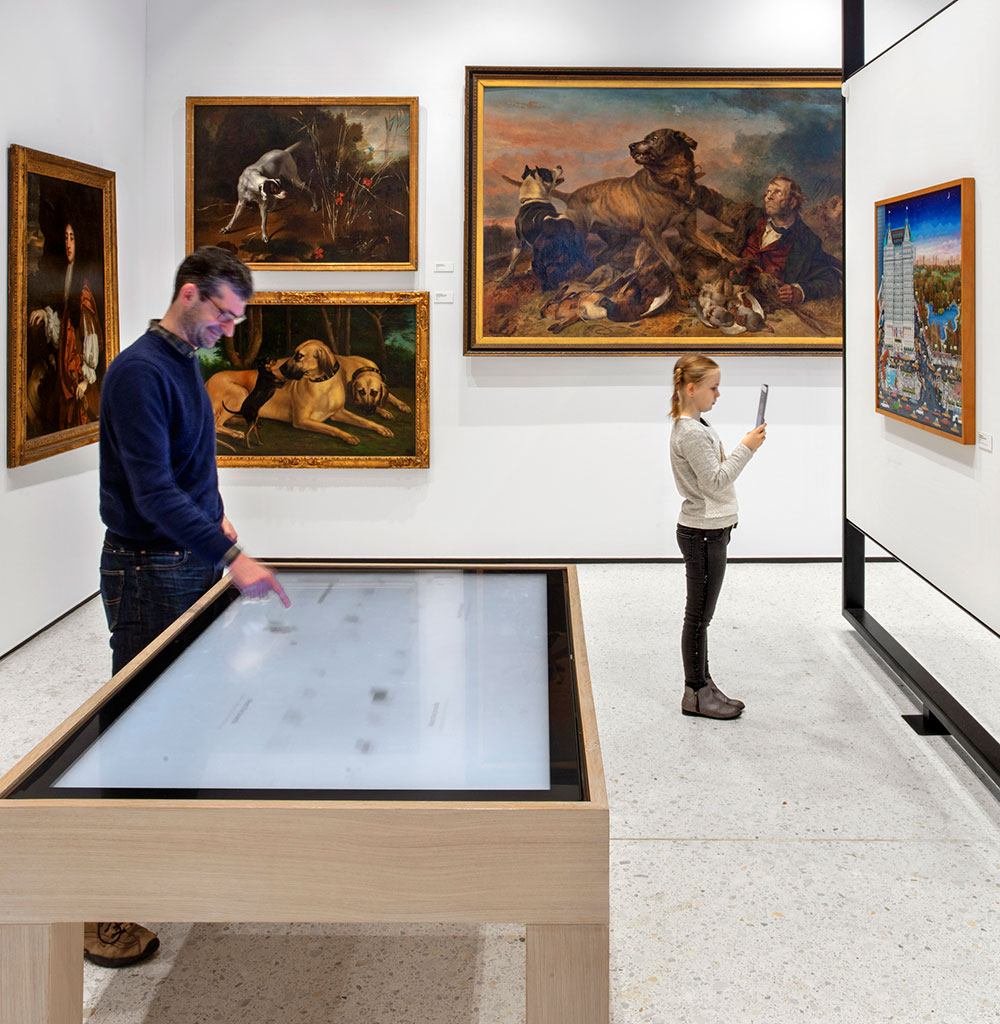
Sound:
Confucius once said that “Music produces a kind of pleasure which human nature cannot do without.” Music has an incredible impact on our emotional state. We all have those sounds that bring you to tears, the playlist that gets you pumped up, or the song that makes you simply smile. How do we integrate sound into our spaces to enhance user experiences? Think about how elevator music can distract you from realizing that you are locked in a small little room going up 50 feet within 3.7 seconds. Sound can help create a much more pleasant experience and trigger positive emotions.
Retailers often use sounds to help promote their brand and increase their sales. The soundscape of an environment can help support a brand and can make that connection with their desired targeted audience. By understanding their audience and market, retailers can align the interior’s soundscape to help comfort and create a unique customer experience that is inviting and positive.
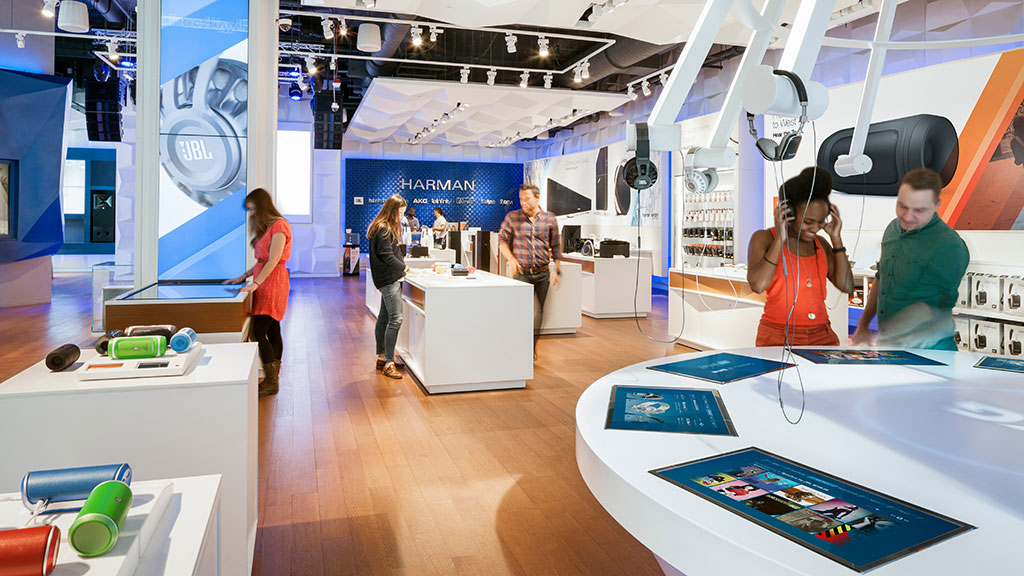
Taste:
Like music, food experiences can also provoke strong feelings. This is evident in how many cultures connect food with community and social connections — things that also bring us feelings of happiness. This is also why people gravitate towards more food and beverage amenities. It connects them back to community and people, which can spark joy.
The Denver Beer Co. project in South Downing is a great example of how the brewery not only revitalized the surrounding neighborhood, but it also promoted community and a sense of belonging. With an ice cream shop, BBQ area, outdoor seating, and a family play zone, the brewery is a place where all ages and backgrounds can gather, including kids and pets.
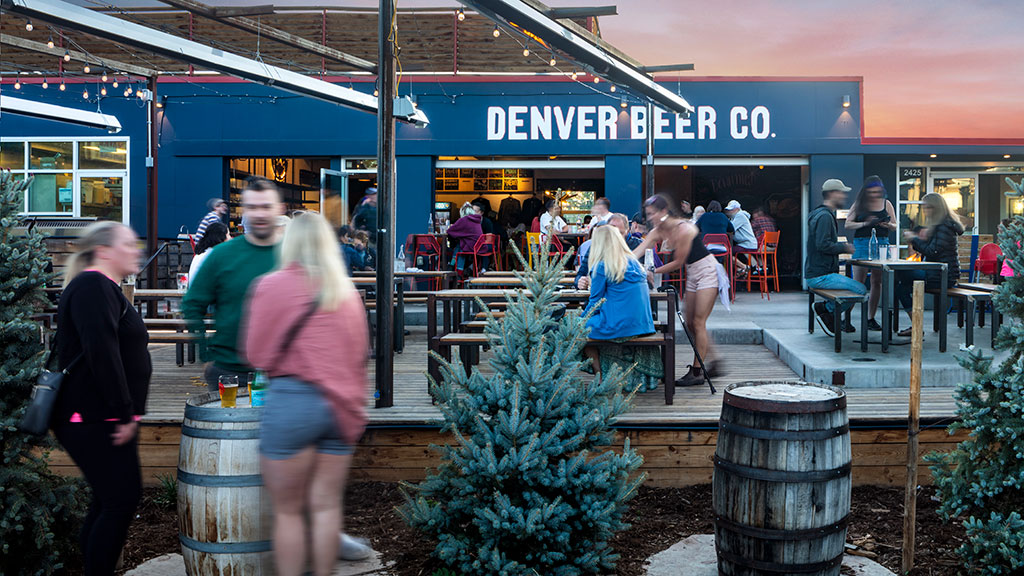
Smell:
As with our auditory senses, our sense of smell can strongly connect us with memories and emotions. There are certain scents that remind us of loved ones, take us to a certain time and place, and give us a sense of calm and relaxation — like how the smell of suntan lotion or sunscreen reminds us of family vacations by the beach.
Using scent is a wonderful way for space to create a more immersive experience that is positive and memorable. Retail and hotels use signature scents to attract customers and promote sales. Westin Hotels uses a signature scent to help elevate their guest experiences. As guests enter any of their hotels, the scent conjures a sense of relaxation and luxury. For more examples and studies, see Gensler’s “Beyond the Senses” sensory research.
To evoke joy within a space, it is essential to stimulate our senses to create a more positive experience and long-lasting memory. Being joyful can bring inspiration, passion, and motivation to one’s life. Research shows that joyful people are healthier, have better relationships, and are more productive. As you experience joy, be conscious of your five senses — what do you see, feel, hear, taste, and smell? If designers can create beautiful spaces that tap into these senses and spark joy, we can make this world a much happier, healthier, and more pleasant place to be in.
For media inquiries, email .

